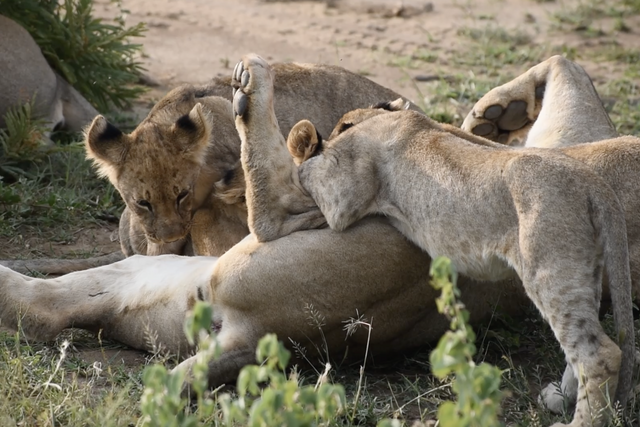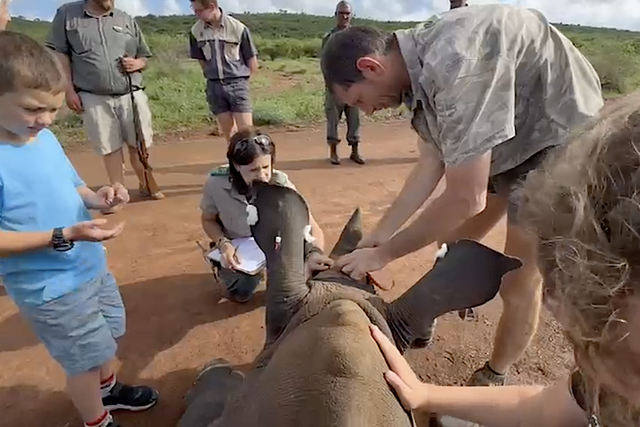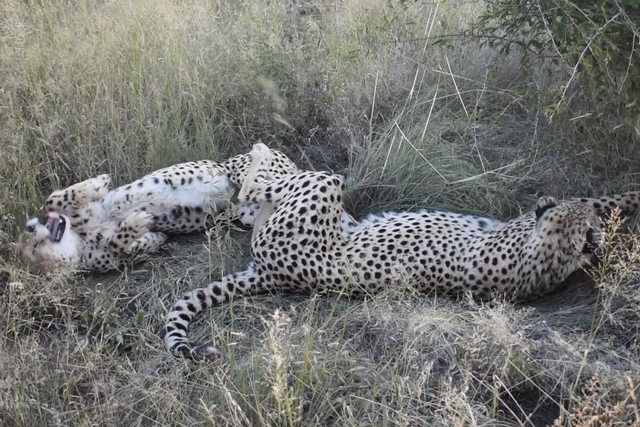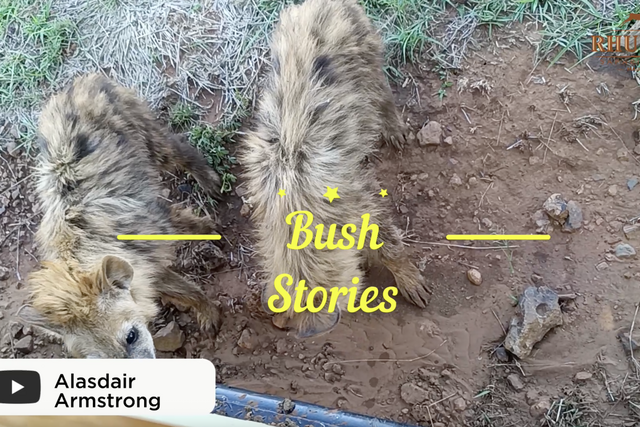Two male Cheeath are still in the habituation process to the new environment of Madikwe. We have visited them in their protective boma, observed how they are fed, and verified that they are doing well.
Let’s do the math first. Cheetah number 1 is a male and is derived from the very first introduction in Madikwe in October 2012. He walks alone and is seen sporadically on game drives. Cheetah number 2 & 3 are also male, and they have been released in the reserve end of November 2015. They keep staying together, they are doing very well, survive without help and are not fearful of vehicles.
The next release will take place in a few days. Cheetah number 4 & 5 are also male, and they are currently in a protective boma, getting used to the new environment. Madikwe’s reserve management recommends that game drives should pass by the boma fence from time to time and visit the two big cats so that they get used to the vehicles and lose their fear.
"On our last game drive coincidentally the conservation department from the reserve was there, doing their work", says Sean Townsend, field guide at Rhuani. "This gave us the possibility to enter the boma with our vehicle and watch as the two male Cheetah were fed. That was a special moment and our guests enjoyed it!" (watch the video). As there are no other animals in a boma, the Cheetah must be fed before then, after the release, they have to look for food themselves and chase prey.
Back to mathematics: Cheetah number 1 to 5 are doing all great, and so the project is progressing on schedule. We look forward to the next phase, when in February, Cheetah number 6 and 7 will arrive in Madikwe. These are two female cats, finally! Thus, maybe still this year, the dream of getting young Cheetah in the wild will become true, which is the final goal of the project.




